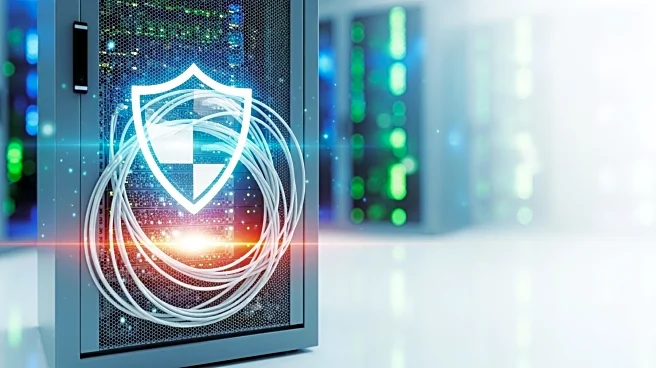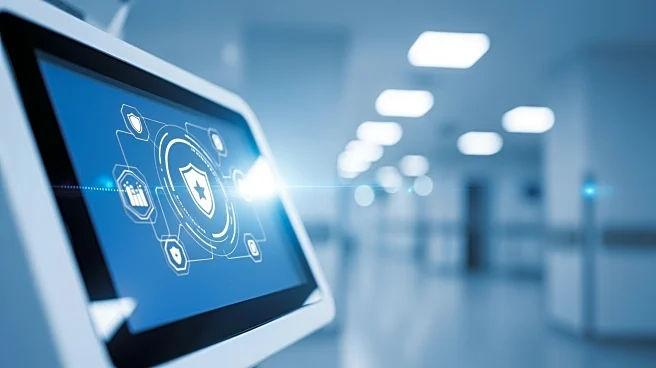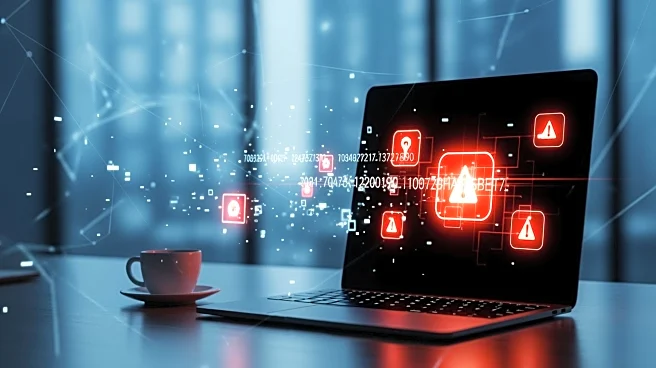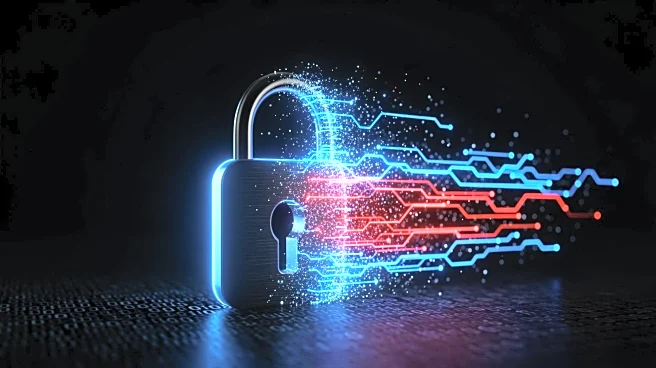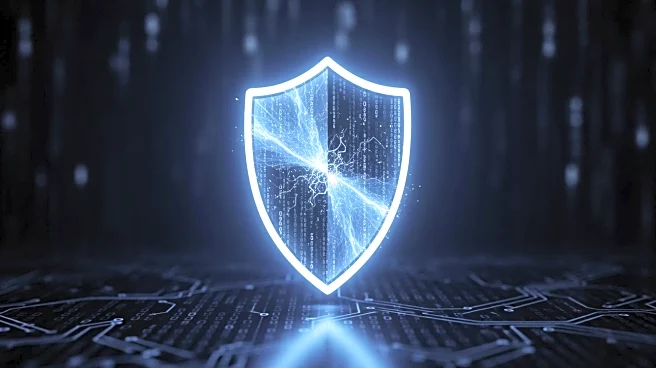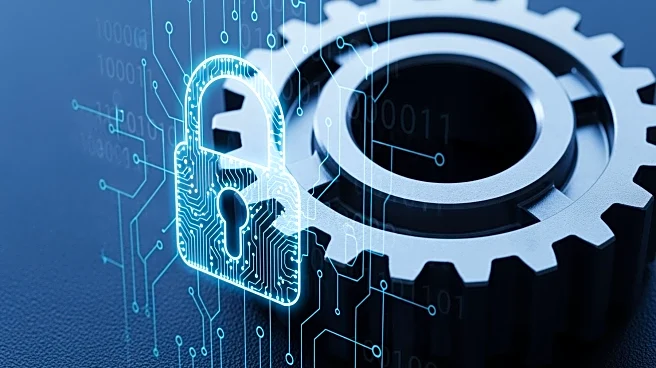What's Happening?
At the CHIME25 conference, healthcare IT leaders are focusing on the security challenges posed by medical and IoT devices. The pandemic has increased remote workloads, expanding the attack surface for
health systems. With the introduction of generative AI, maintaining security has become more complex. Ravi Monga, CISO for healthcare at Zscaler, highlighted the evolving threat landscape, emphasizing the need for comprehensive security strategies. Ismelda Garza, CIO of Cuero Regional Hospital, stressed the importance of educating all staff on security practices. However, Monga noted that security education often fails to reach clinical staff, creating vulnerabilities. Medical devices, unlike IT devices, are harder to secure due to outdated technology and lack of patches, making them potential entry points for attackers.
Why It's Important?
The focus on device security and risk management is crucial as healthcare systems increasingly rely on interconnected devices. Vulnerabilities in medical devices can lead to significant security breaches, compromising patient data and safety. The conference highlights the need for improved communication and education across all levels of healthcare organizations to ensure comprehensive security measures. Addressing these challenges is vital for protecting sensitive health information and maintaining trust in healthcare systems. The discussions at CHIME25 underscore the importance of proactive security strategies in safeguarding healthcare infrastructure.
What's Next?
Healthcare organizations are expected to implement more robust security protocols and enhance training programs to address the identified gaps. Collaboration between IT and clinical staff will be crucial in developing effective security measures. The industry may see increased investment in cybersecurity technologies and partnerships to protect against evolving threats. Continuous monitoring and adaptation of security strategies will be necessary to keep pace with technological advancements and emerging risks.


